L'NDWI (Normalized Difference Water Index) is a crucial index in precision agriculture since it is capable of measure the water level contained in crops. This index is therefore essential not only to prevent the onset of water stress, but also to choose the best time for harvesting.
The index allows farmers to to monitor carefully monitor the effects of irrigation on plants and take timely corrective measures to ensure optimal management of water resources and improve crop yields.
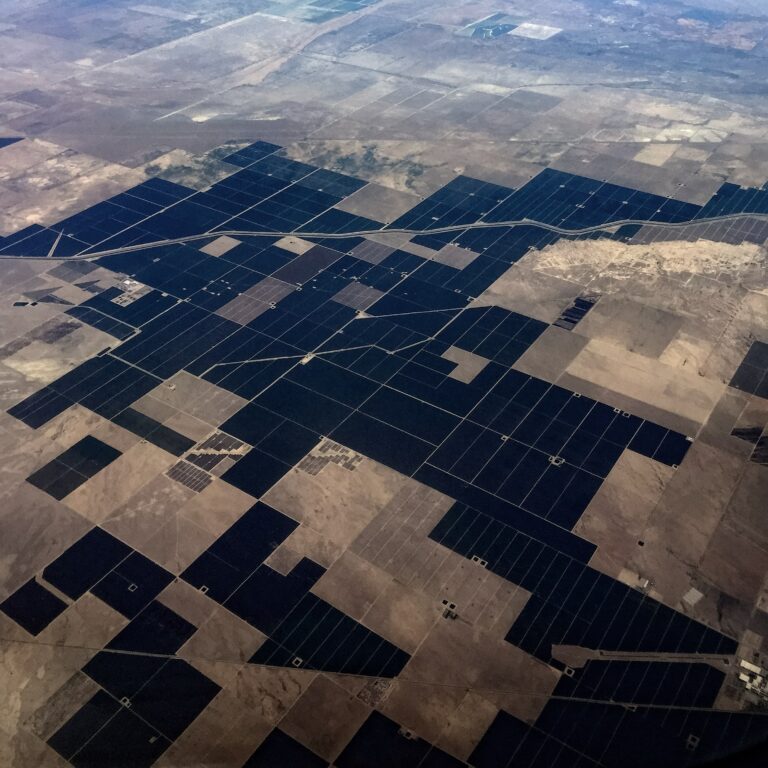
The values of the NDWI index vary from -1 to +1, where the former refers to inanimate objects, while the latter represents a crop characterized by a very high water content.
How is this data obtained?
Through i satellites that orbit above us. In fact, these have optical sensors able to collect precious informations on the light that is reflected or absorbed by cultivated fields in the different frequency bands.
To obtain the NDWI index, the bands that correspond to short-wave infrared are used (SWIR) and near infrared (NIR), according to the following formula:
(NIR – SWIR)
—————–
(NIR + SWIR)
Water absorbs a lot of light in the short-wave infrared, but much less in the near-infrared. Therefore, by comparing the short-wave infrared and near-infrared bands, we calculate a value that indicates the amount of water contained in the vegetation of a plot of land or a specific portion of it.
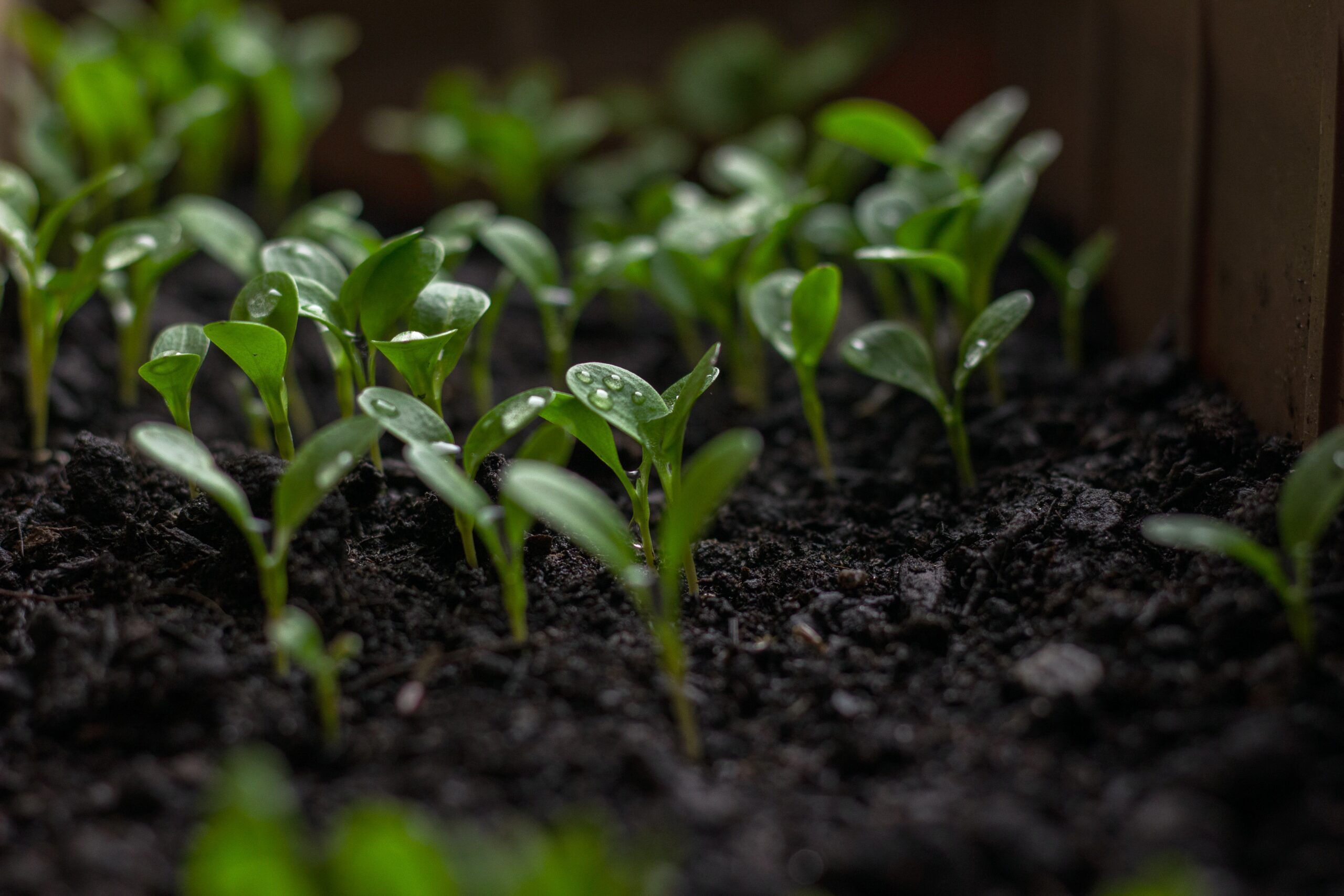
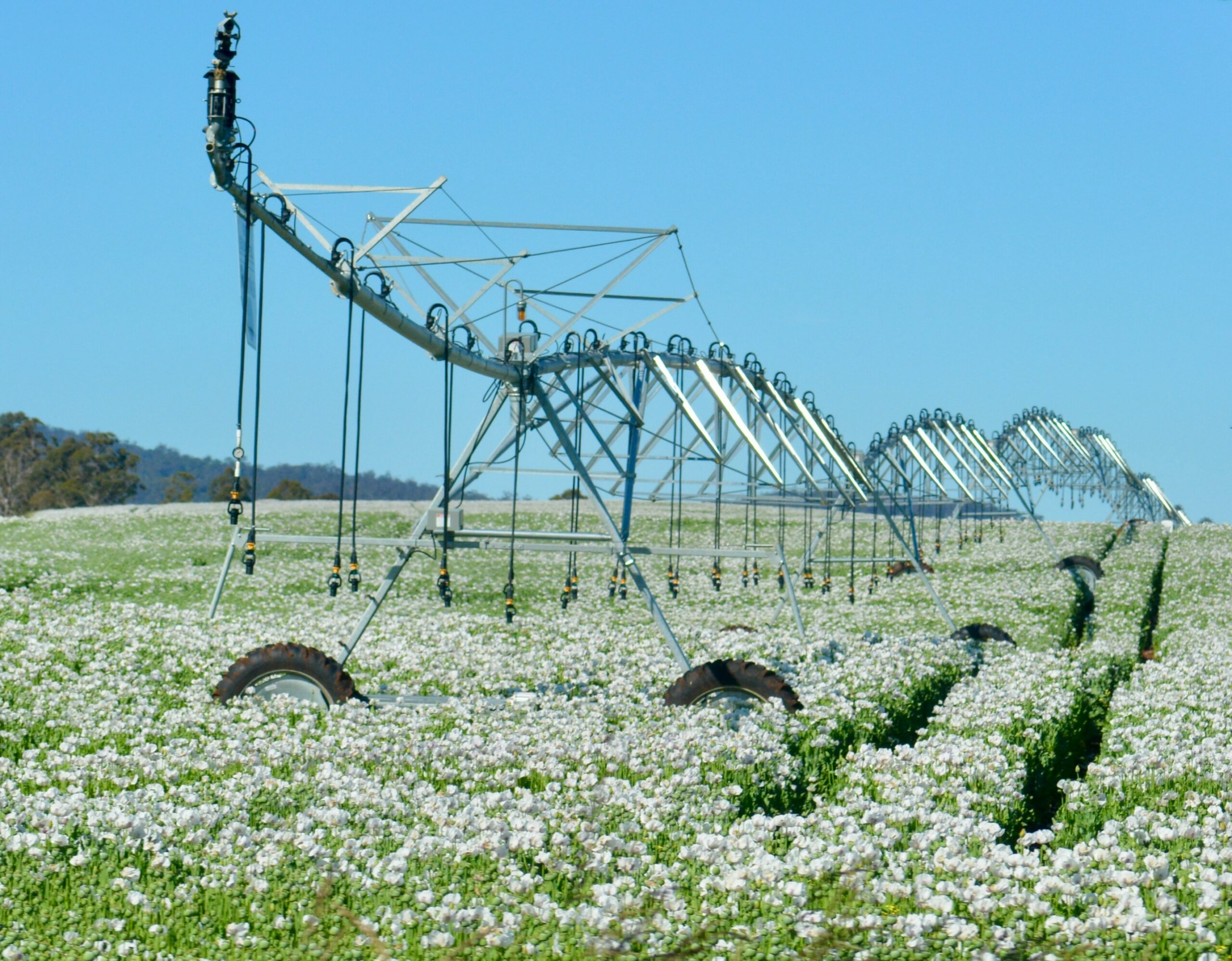
Under conditions of full growth and development of crops, plants have a high water content and the NDWI takes on high values. If the water content of a crop is reduced, why in water stress (or because at the beginning/end of maturation), also NDWI tends to decrease and takes values lower than 0.4. If problems persist and the crop is severely dehydrated, the NDWI takes on reduced values below 0.3.
Combining health status and phenological phase of crops, the different values of NDWI they can therefore be interpreted as follows:
NDVI Value Interpretation
<0 Inanimate objects or cloud outlines
0.2 Severe water stress or newly planted/already harvested crop
0.4 Severe water stress or newly planted/senescent crop
0.5 Limited water content or developing/senescent crop
0.6 Limited water content or developing/senescent crop
0.7 High water content
1 Very high water content
Who wants to have one clearer view of the degree of humidity of the crops to choose the best time for harvesting, manage water resources more efficiently and make informed decisions to maximize productivity And overall sustainability of agricultural operations, cannot give up knowing the value of the NWDI index.




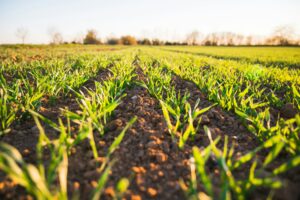
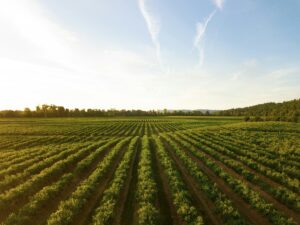
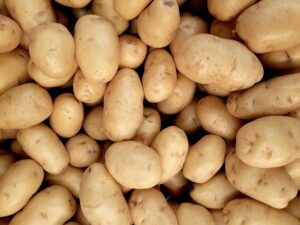
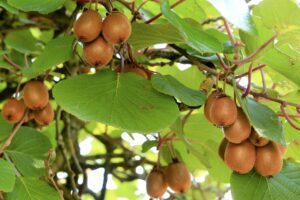
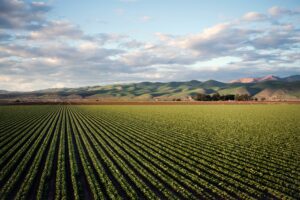

Leave a reply